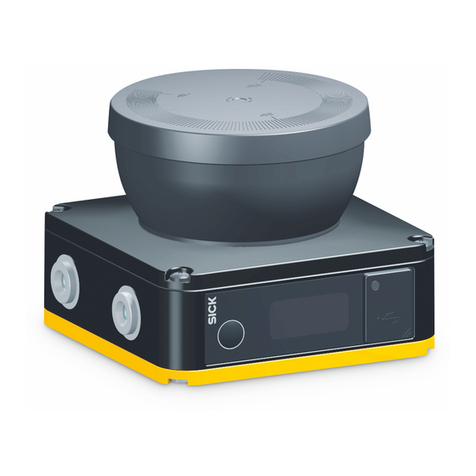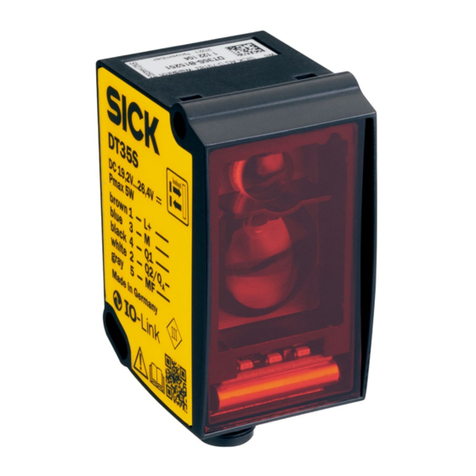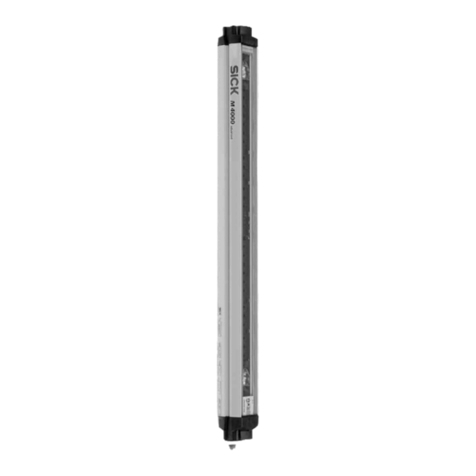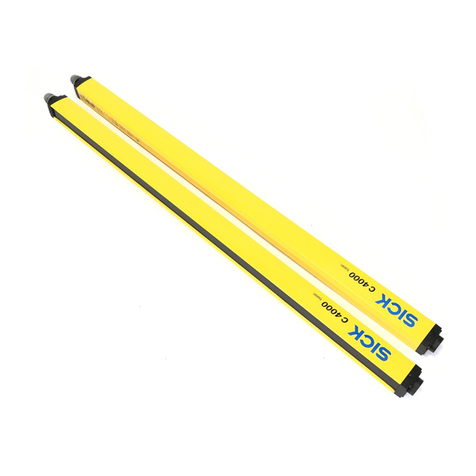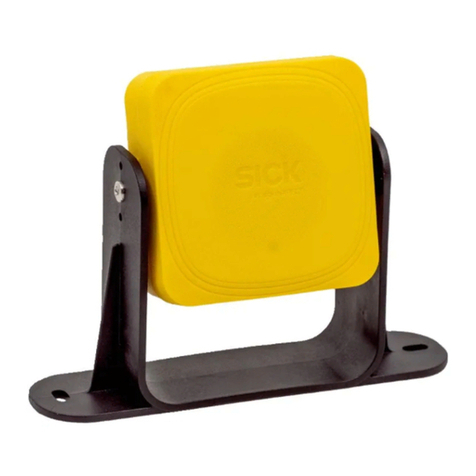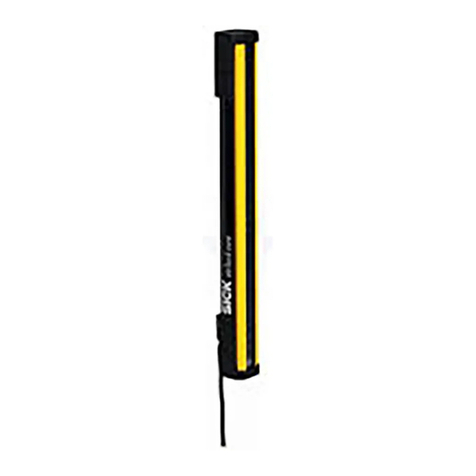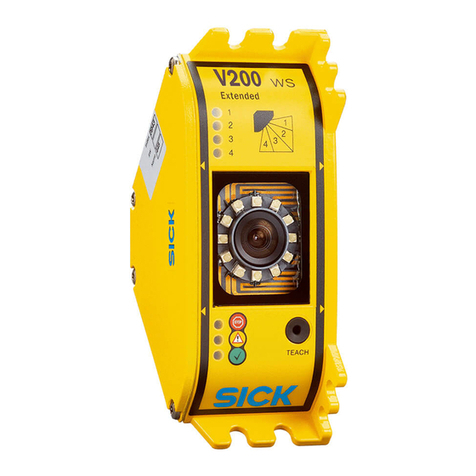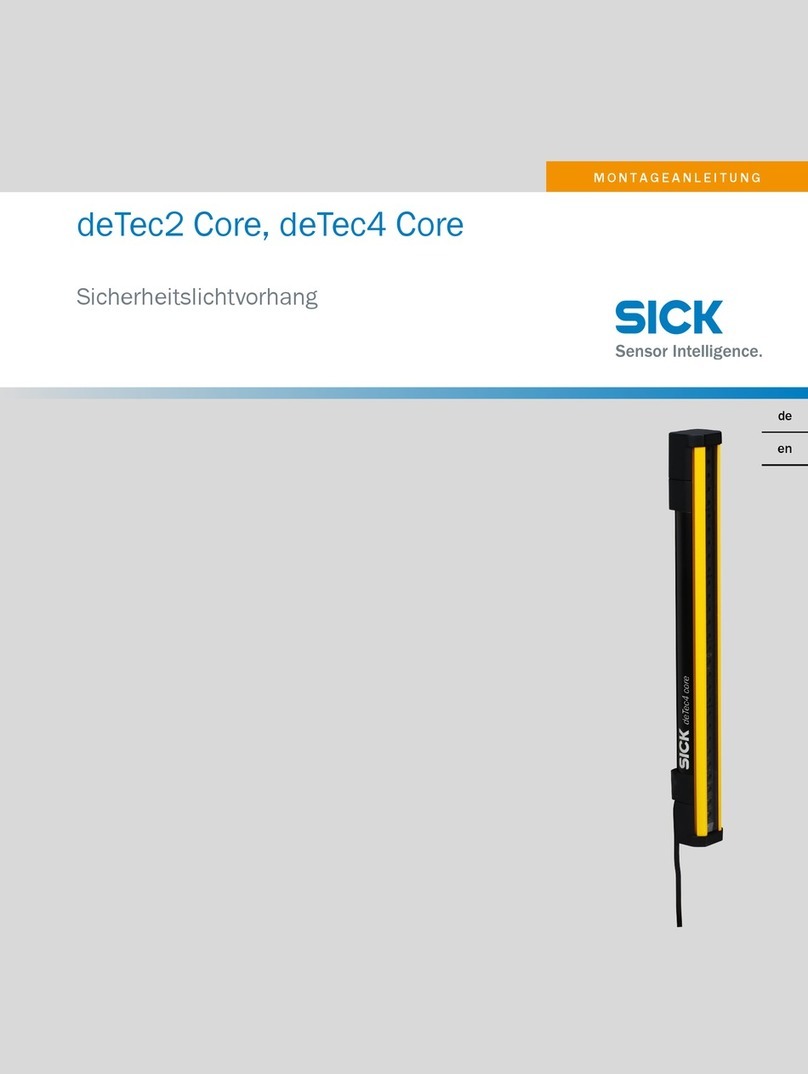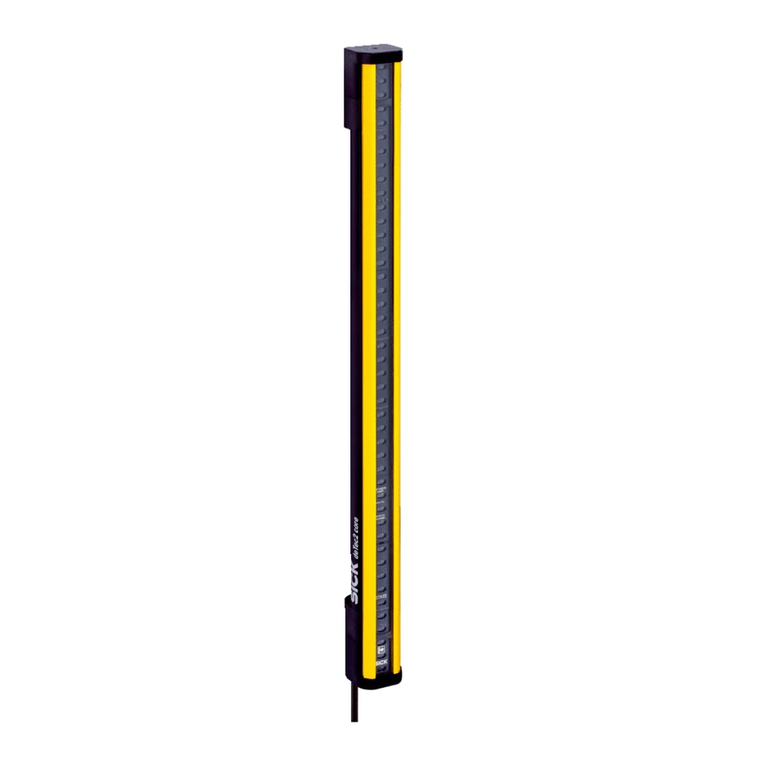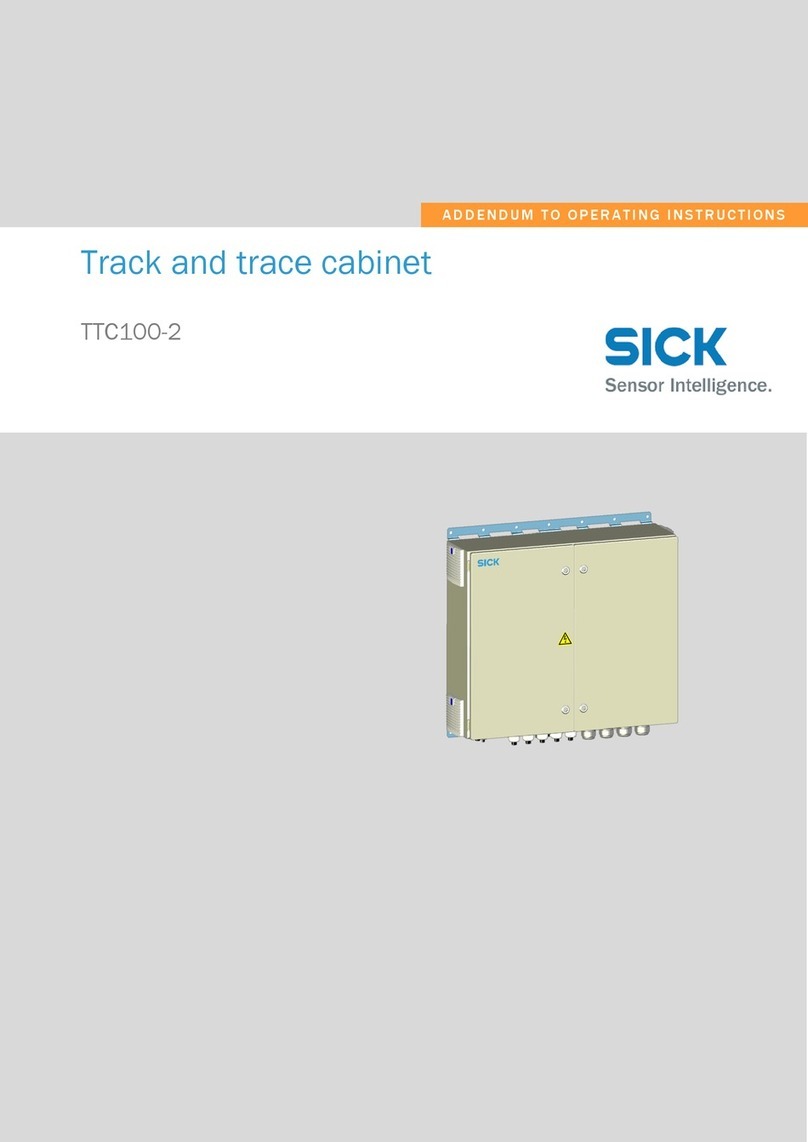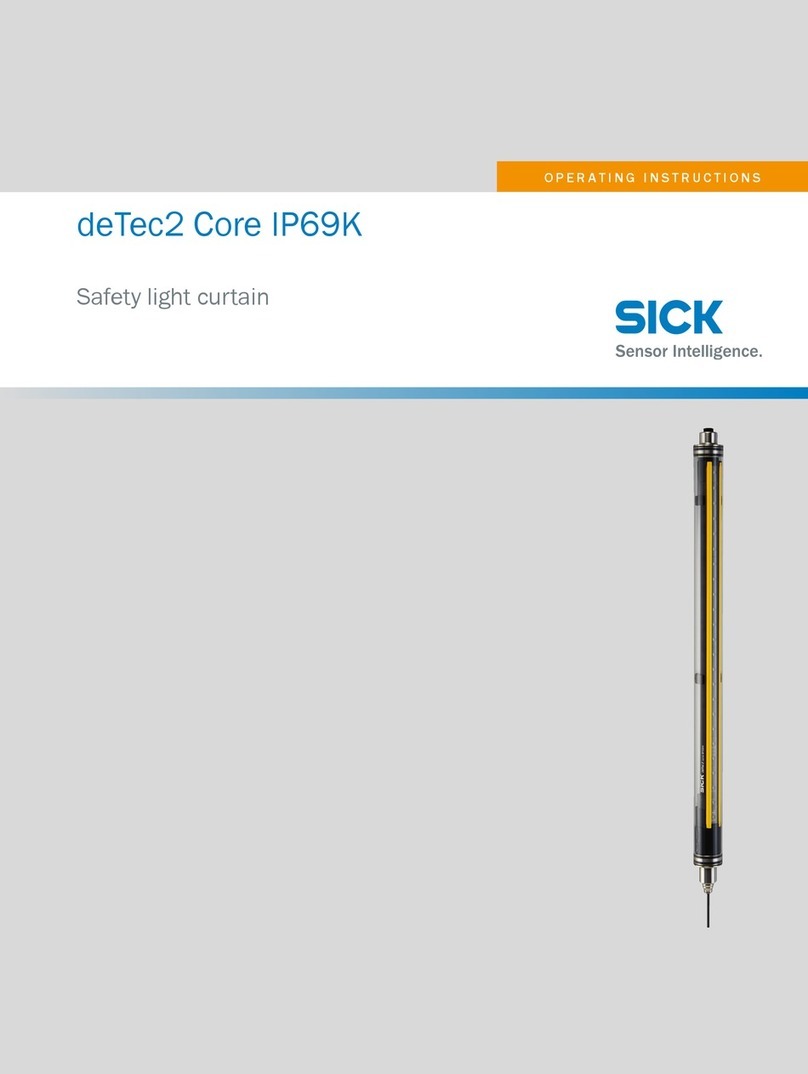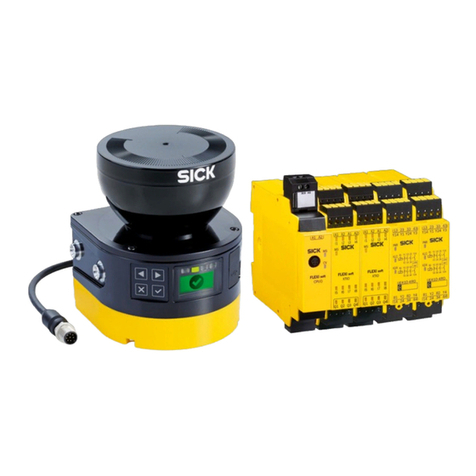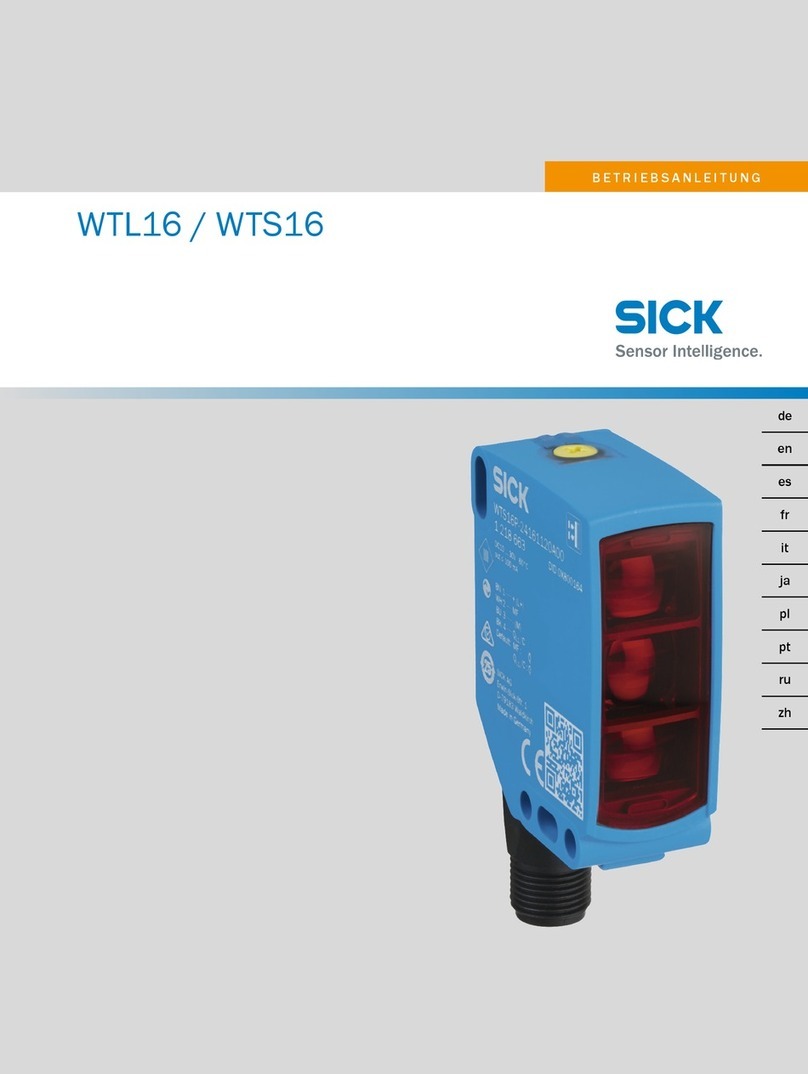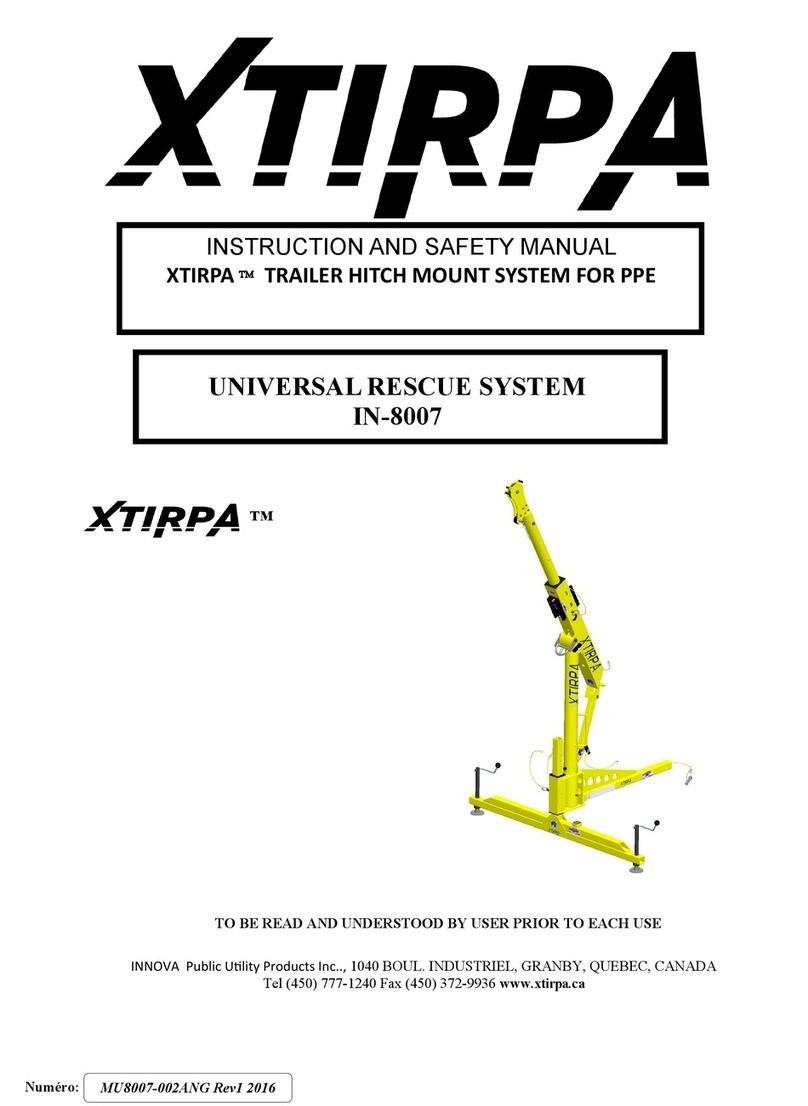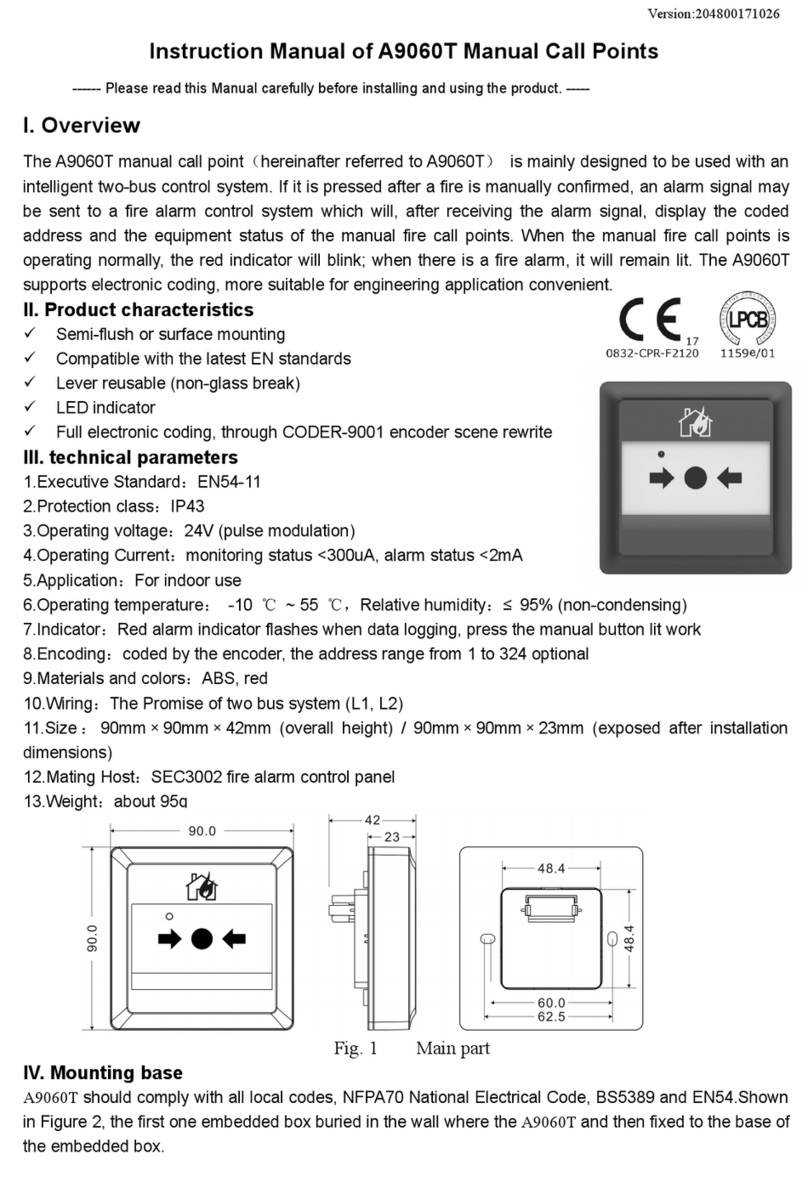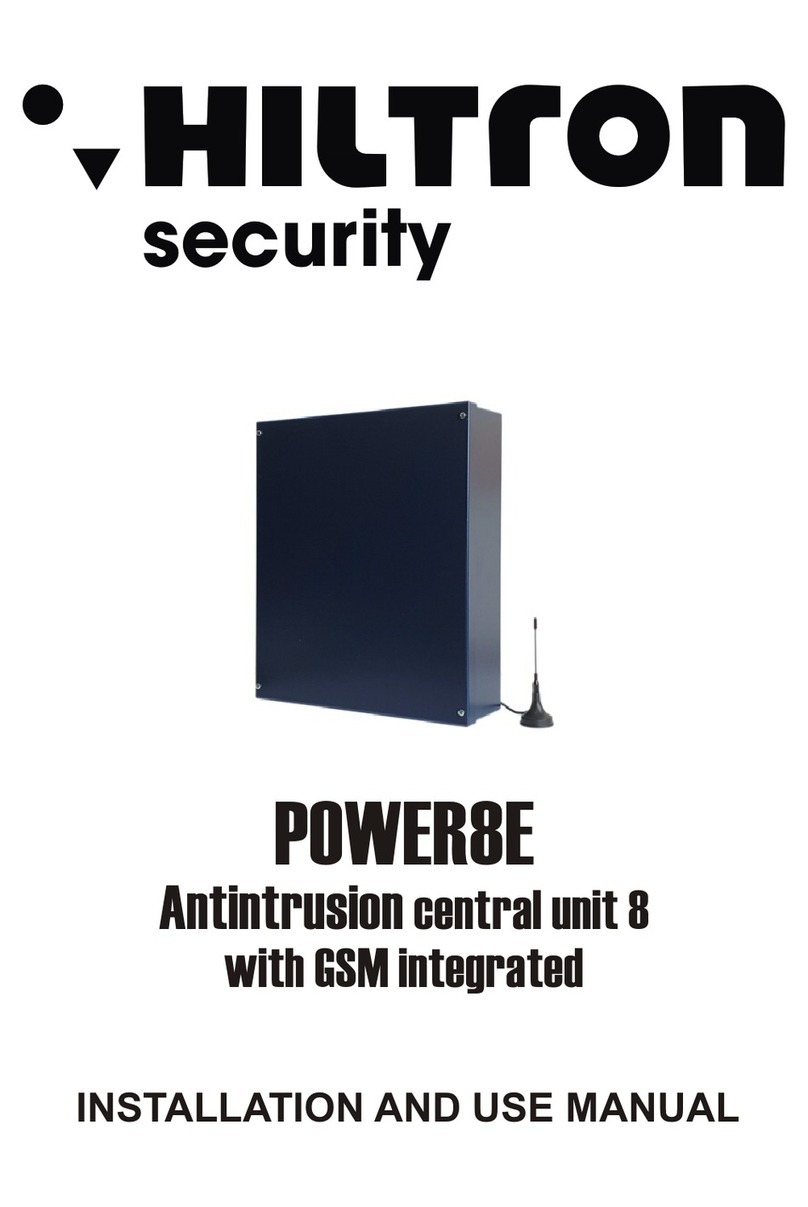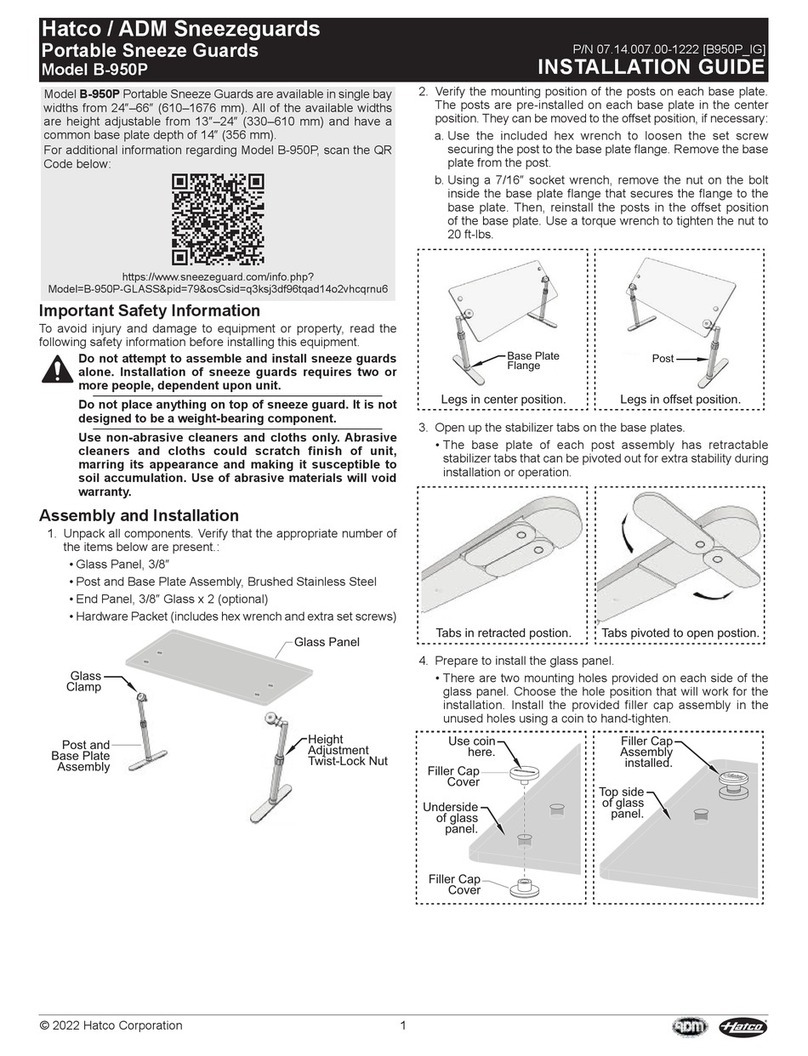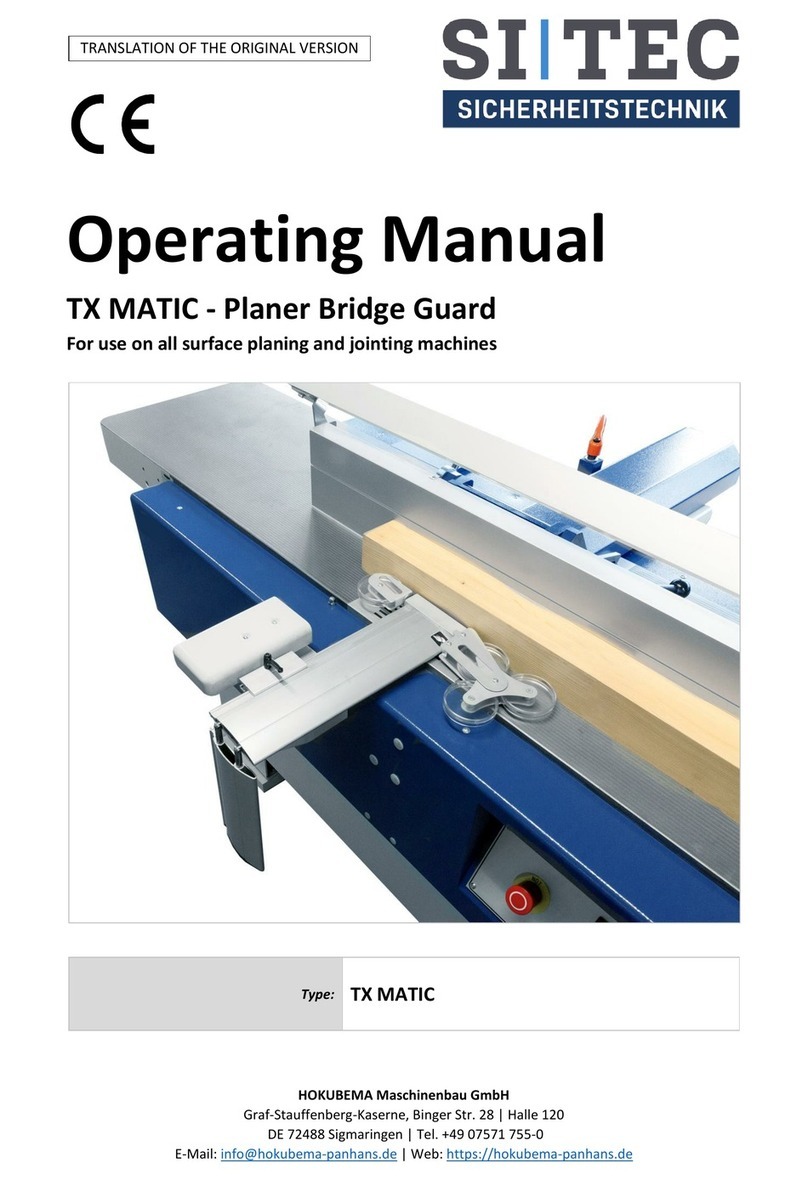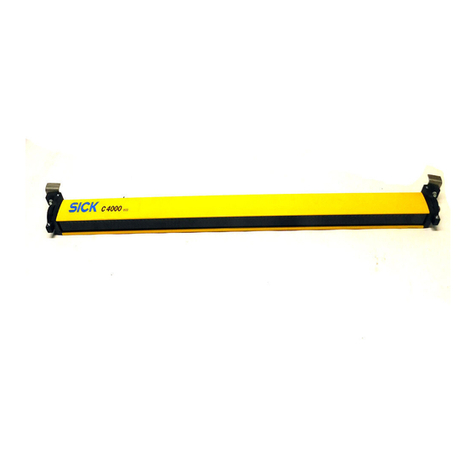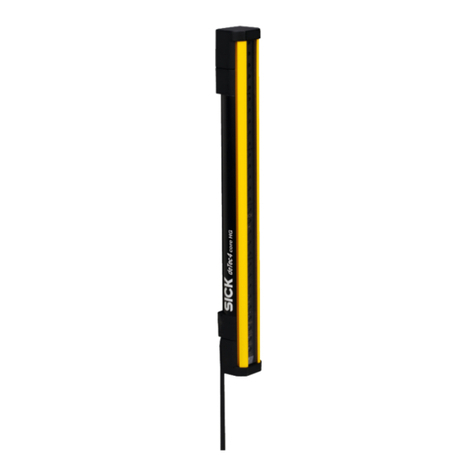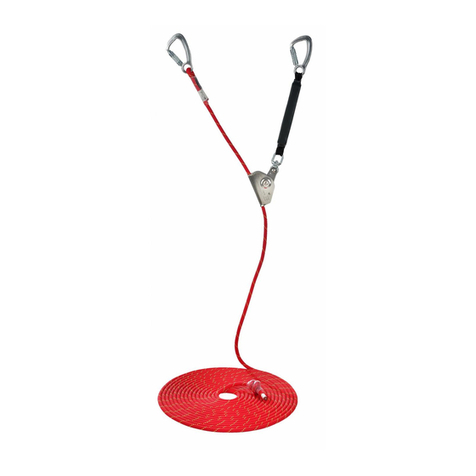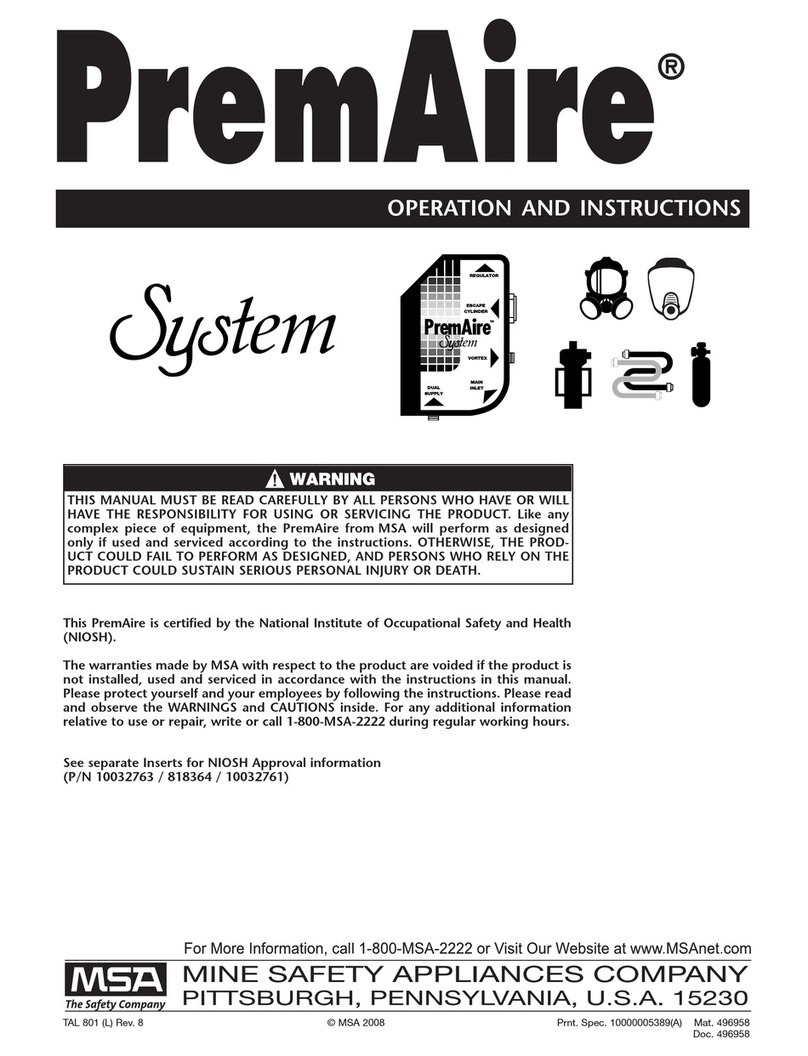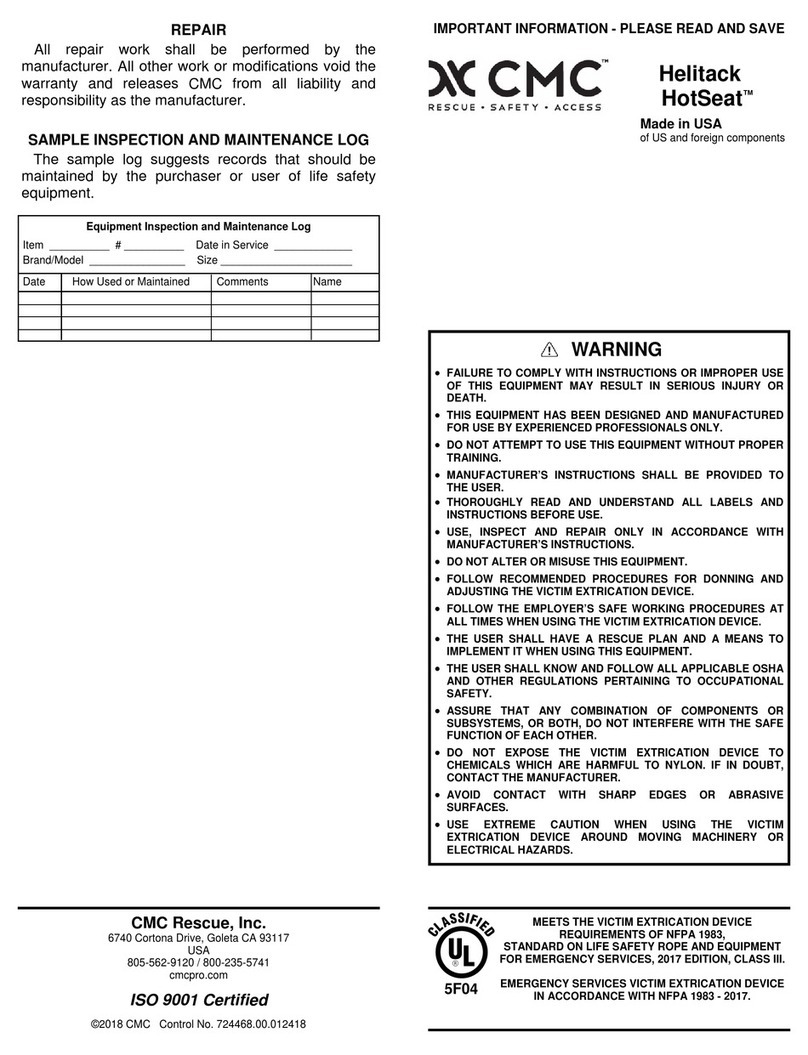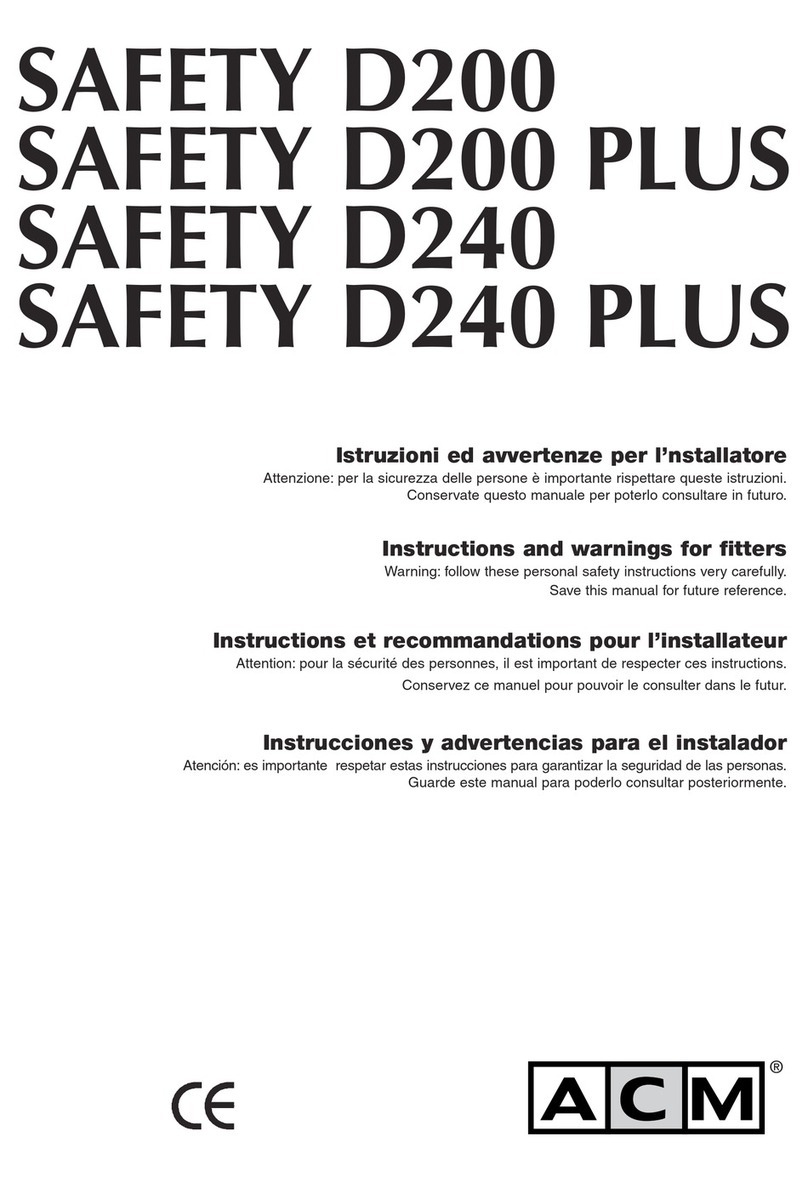
4.4.5 IO-Link...................................................................................... 40
4.4.6 Muting....................................................................................... 41
4.4.7 Connection diagrams.............................................................. 42
4.5 Testing plan............................................................................................... 46
4.5.1 Test rod check.......................................................................... 46
4.5.2 Visual check of the machine and the protective device........ 48
5 Mounting............................................................................................. 49
5.1 Safety......................................................................................................... 49
5.2 Unpacking.................................................................................................. 49
5.3 Fitting the system plug............................................................................. 50
5.4 Mounting................................................................................................... 51
5.4.1 Mounting the QuickFix bracket............................................... 54
5.4.2 Mounting the FlexFix bracket.................................................. 55
6 Electrical installation........................................................................ 60
6.1 Safety......................................................................................................... 60
6.2 System connection (M12, 5-pin)............................................................. 62
6.3 System connection (M12, 8-pin)............................................................. 62
6.4 Extension connection (M12, 5-pin)......................................................... 63
7 Configuration..................................................................................... 65
7.1 Overview.................................................................................................... 65
7.2 Factory settings......................................................................................... 66
7.2.1 Set to factory settings............................................................. 67
7.3 Configuration mode.................................................................................. 67
7.4 Configuring beam coding......................................................................... 68
7.5 Configuring muting................................................................................... 69
7.6 Checking the parity................................................................................... 70
7.7 Configuring the restart interlock.............................................................. 71
7.8 Configuring external device monitoring (EDM)....................................... 72
7.9 Configuring application diagnostic output.............................................. 72
8 Commissioning.................................................................................. 74
8.1 Safety......................................................................................................... 74
8.2 Overview.................................................................................................... 74
8.3 Switching on.............................................................................................. 75
8.4 Alignment of the active and passive units.............................................. 75
8.4.1 Aligning the active and passive units..................................... 76
8.4.2 Alignment with the QuickFix bracket...................................... 76
8.4.3 Alignment with the FlexFix bracket or with the replacement
bracket...................................................................................... 77
8.4.4 Indication of the alignment quality......................................... 78
8.5 Check during commissioning and modifications.................................... 79
9 Operation............................................................................................ 80
9.1 Overview.................................................................................................... 80
CONTENTS
4O P E R A T I N G I N S T R U C T I O N S | deTem4 A/P 8024782/2019-11-19 | SICK
Subject to change without notice
